Industry Outlook
Manheim Used Vehicle Value Index Report – December 2016
Tuesday January 10, 2017
Article Highlights
- Despite significant increases in auction volumes in 2016, wholesale pricing was firm.
- With proper inventory management, used vehicle operations should produce another record profit year.
- The overall condition grade of rental units sold continued to improve.
Wholesale prices increase in December.
Wholesale used vehicle prices (on a mix-, mileage-, and seasonally adjusted basis) increased by 0.2% in December. This brought the Manheim Used Vehicle Value Index to 124.9, a decline of 0.6% from a year ago. Despite significant increases in auction volumes in 2016, wholesale pricing was firm. On an annual average basis, the Manheim Index was even able to eke out a small gain of 0.3%, the third increase in a row. The most notable aspect of wholesale pricing in recent years has been the stability. After a sharp rise in wholesale pricing in 2009 and 2010 coming out of the recession, the absolute year-over-year change in pricing was less than 2 percentage points in each of the last six years. Statistically speaking, this period has shown the least volatility in wholesale vehicle pricing since the Manheim Index’s inception in 1995. In addition to macro-economic and industry factors, this stability has been driven by better, and more efficient, remarketing practices that have enabled commercial consignors to anticipate, respond to, and, thus, minimize impending swings in wholesale pricing.
New vehicle sales post another record.
New car and light duty trucks sold at a seasonally adjusted annual selling rate (SAAR) of 18.4 million in December. This pushed the full-year tally slightly above last year’s record. The incentive spend, which jumped significantly in November, remained high in December. There was encouraging news, however, when some manufacturers announced production cutbacks to better align inventories with demand. Nevertheless, competitive dynamics in the new vehicle market will likely put pressure on used vehicle residuals in the first part of 2017.
Used vehicle retail sales have their best year of the recovery.
It is typical at this point in the automotive cycle for used unit volumes to accelerate at a faster pace than new vehicles sales, and that is what happened in 2016 – and most likely will again in 2017. Last year, used unit retail sales by dealers grew by more than 4%, their fastest pace of this recovery, while retail new vehicle sales were flat. Growing wholesale supplies and lower auction prices will likely push used retail unit sales higher again in 2017. With proper inventory management, it should produce another record profit year for used vehicle operations.
Rental risk prices off 4.4% from year ago.
In December, a straight average of auction prices for rental risk units sold at auction topped the $17,000 mark for the first time ever, and was 5% higher than a year ago. However, after adjusting rental risk prices for broad shifts in market class and mileage, pricing was 4.4% below a year ago. The average mileage on rental risk units sold in December (38,600 miles) was similar to recent months, but 13% lower than a year ago. The overall condition grade of rental units sold also continued to improve.
Pricing trends by market class.
Although overall wholesale prices have been very stable of late (a movement of only 1.2% over the past four years), the differences between market classes have been pronounced. At the extremes, adjusted wholesale prices for pickups have risen 28% during this period, while compact car values fell 14%. Blame it on the tremendous consumer preference shift toward crossovers and away from small sedans. On the new vehicle side, flexible production capacity enabled manufacturers to better adjust to this shift than in past cycles. As a result, the share of new vehicle sales accounted for by “trucks” was more than 60% in 2016, up from only 45% in 2009. Of course, the “production of used vehicles” (i.e., past new vehicle sales) can’t be adjusted. As a result, the supply of used compact cars has been higher than what consumers demanded in recent years, and as a consequence, residuals suffered.

